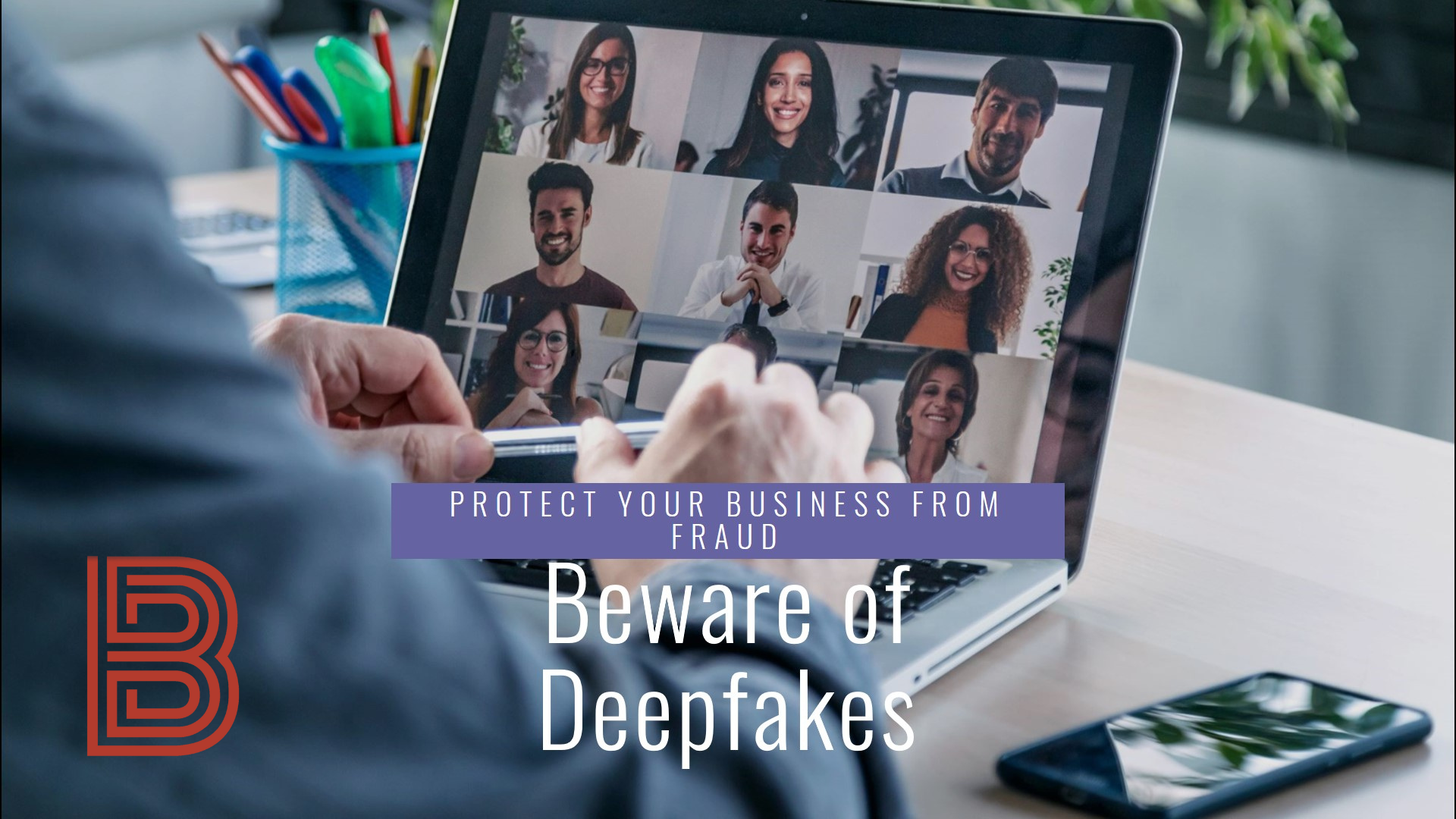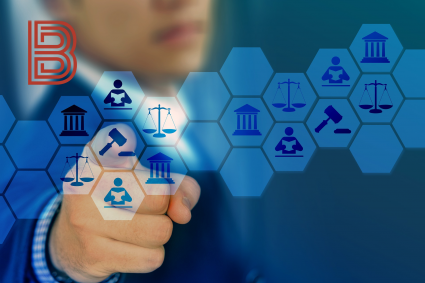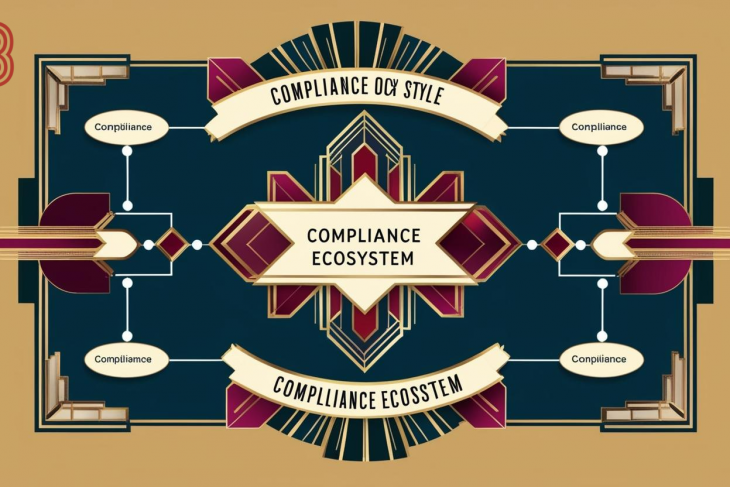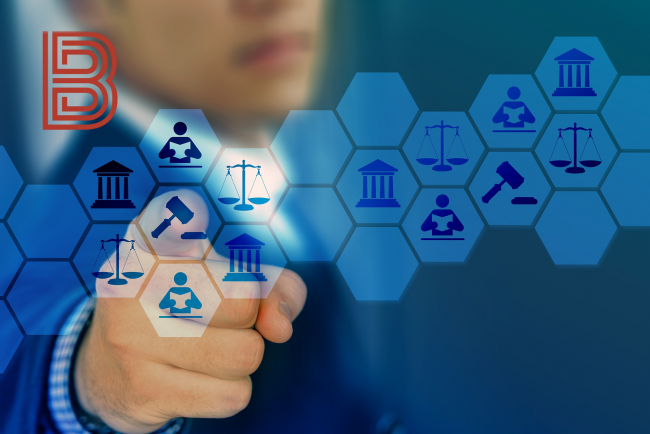
Introduction
With the rapid advancement of artificial intelligence (AI), deepfake technology has emerged as one of the most concerning threats in the realm of cybersecurity. Deepfakes, which use AI-driven techniques to create realistic fake images, videos, and audio recordings, pose significant fraud risks across industries. Their application in cybercrime undermines trust, manipulates information, and exposes businesses and individuals to financial and reputational damage.
Understanding Deepfake Technology
Deepfake technology leverages deep learning techniques, particularly Generative Adversarial Networks (GANs), to manipulate visual and audio data convincingly. These AI models generate synthetic content that can convincingly mimic real people, making it difficult to distinguish genuine media from manipulated versions.
Some common types of deepfake attacks include:
Video Deepfakes: Altering video footage to show people saying or doing things they never did.
Audio Deepfakes: Imitating a person’s voice to carry out fraudulent activities.
Text Deepfakes: AI-generated content that mimics writing styles to deceive recipients.
Synthetic Identity Fraud: Creating entirely new digital identities based on deepfake-generated visuals.
Fraud Risks of Deepfakes in Cyber Risk Management
1. Social Engineering and Impersonation Attacks
One of the most significant fraud risks of deepfakes is their use in social engineering attacks. Cybercriminals can leverage deepfake technology to impersonate executives, employees, or business partners to carry out fraudulent transactions or extract sensitive information.
CEO Fraud: Attackers create a deepfake video or audio recording of a company’s CEO instructing an employee to wire money to a fraudulent account.
Business Email Compromise (BEC) 2.0: Traditional BEC scams rely on email spoofing, but deepfake-enhanced attacks add an extra layer of credibility through fake video or audio confirmations.
2. Identity Theft and Credential Fraud
Deepfakes enable cybercriminals to create highly realistic fake identities, which can be used to bypass biometric authentication systems, open fraudulent bank accounts, or gain unauthorized access to secure systems.
Biometric Spoofing: Deepfake technology can defeat facial recognition systems by presenting realistic synthetic faces.
Fraudulent KYC (Know Your Customer) Attacks: Criminals use deepfake-generated identities to pass KYC verification processes in financial institutions, enabling money laundering and other financial crimes.
3. Disinformation and Market Manipulation
Deepfake technology can be weaponized to spread false information about companies, public figures, or market conditions, leading to stock market manipulation, reputational damage, and public distrust.
Fake Executive Announcements: A deepfake video of a CEO making false statements about a company’s financial health could trigger stock fluctuations.
Political and Corporate Disinformation: Malicious actors can use deepfakes to influence elections, disrupt business operations, or damage competitors’ reputations.
4. Extortion and Blackmail
Deepfake-generated content can be used for blackmail and extortion schemes, where criminals fabricate compromising videos or audio recordings to demand ransom payments from individuals or organizations.
Personalized Extortion: Threat actors create fake explicit videos of high-profile individuals to extort money or favors.
Corporate Extortion: Cybercriminals threaten businesses with the release of deepfake videos that could damage their reputation if a ransom is not paid.
5. Legal and Compliance Risks
As deepfake technology advances, organizations face challenges in verifying digital evidence, maintaining regulatory compliance, and mitigating liability risks.
Legal Disputes: Courts may struggle to distinguish between real and manipulated digital evidence.
Regulatory Compliance: Businesses must implement strong security measures to comply with data protection regulations such as GDPR, CCPA, and industry-specific cybersecurity standards.
Case Studies of Deepfake Fraud Incidents
1. The AI-Generated CEO Scam
In 2019, fraudsters used AI-generated deepfake audio to impersonate a CEO’s voice, convincing an employee at a UK-based energy firm to transfer $243,000 to a fraudulent bank account. The criminals used voice-mimicking AI to clone the executive’s speech patterns, making the fraud nearly undetectable.
2. Fake Political Videos
Deepfake videos have been used in political campaigns to manipulate voter opinions. For example, in 2020, a deepfake video circulated showing a political leader making inflammatory statements, which were later proven to be fake. Such incidents highlight the potential impact on democracy and public trust.
3. Synthetic Identity Fraud in Banking
Financial institutions have reported cases where criminals use deepfake-generated images to bypass remote KYC verification processes. In one instance, fraudsters created an entirely synthetic identity using AI-generated facial features, successfully opening multiple bank accounts to launder illicit funds.
Mitigating Deepfake Fraud Risks
Organizations must implement a comprehensive cyber risk management strategy to detect and mitigate deepfake fraud risks. Key strategies include:
1. Enhanced Authentication and Verification Mechanisms
Multi-Factor Authentication (MFA): Implementing MFA can help prevent unauthorized access even if deepfake identity spoofing occurs.
Liveness Detection in Biometric Systems: AI-driven liveness detection can differentiate between real users and deepfake-generated images.
Blockchain for Digital Identity: Using blockchain technology to store and verify digital identities can enhance authentication security.
2. AI-Powered Deepfake Detection Tools
Machine Learning Algorithms: AI models trained to detect inconsistencies in video and audio deepfakes can help flag suspicious content.
Watermarking and Digital Signatures: Embedding cryptographic signatures in legitimate digital content can verify authenticity.
3. Employee Training and Awareness Programs
Deepfake Awareness Training: Educating employees about deepfake threats can help them recognize and report suspicious content.
Social Engineering Prevention: Employees should be trained to verify instructions, especially financial transactions, through multiple communication channels.
4. Regulatory and Legal Frameworks
Government Legislation: Stronger laws against deepfake fraud, such as the U.S. Deepfake Report Act, can help curb misuse.
Industry Standards: Establishing industry-wide best practices for digital media verification can improve detection and response mechanisms.
5. Incident Response and Forensic Analysis
Deepfake Incident Response Teams: Organizations should establish dedicated teams to investigate and respond to deepfake-related threats.
Forensic Analysis of Digital Content: Advanced forensic tools can detect subtle deepfake artifacts and inconsistencies.
Summary
Deepfake technology presents a formidable challenge in cyber risk management, enabling sophisticated fraud, identity theft, and financial crimes. As AI-generated media becomes more advanced, businesses, governments, and individuals must remain vigilant in adopting proactive security measures.
By implementing advanced detection technologies, improving authentication processes, and fostering regulatory collaboration, organizations can mitigate the risks posed by deepfake fraud and safeguard their digital assets. Awareness and preparedness are crucial to staying ahead of this emerging cyber threat, ensuring that trust and security remain intact in the digital world.




















